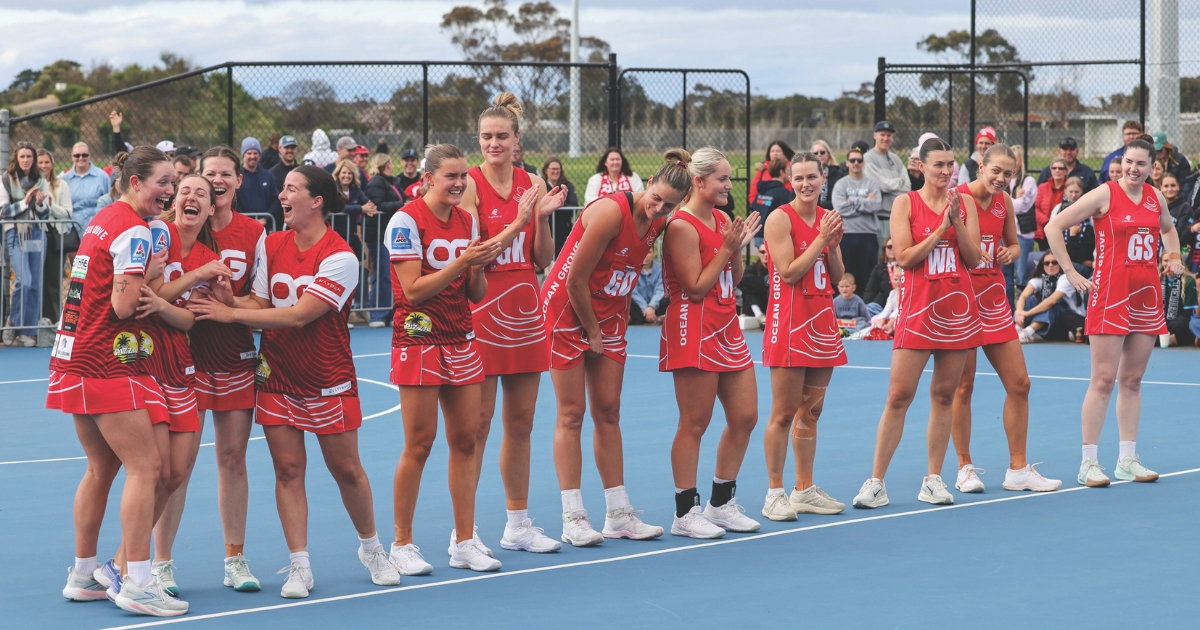A Primer To The Big Bash League
Less than a month remains before the 12th season of the Big Bash League (BBL) kicks off. The defending champions, Perth Scorchers, are the favourites right now as they aim for a fifth title this season. But they’ll face strong opposition from their rivals, Sydney Sixers, having won the last two seasons and aiming to force a 4-4 title scorecard.
There’s also much talk about which team will take home the infamous wooden spoon. Like the title struggle between the Scorchers and the Sixers, this ironic award has a 4-3 scorecard between Sydney Thunder and Melbourne Renegades. Then again, the Thunder has displayed quite a huge improvement in the past three seasons, finishing 3rd in two of them.
As the cricket world counts down to the big day on the 13th of December, it won’t hurt to learn a thing or two about one of Australia’s most popular cricket tournaments. Note that this primer will refer to the default men’s BBL instead of the Women’s BBL.
A Brief History
The origins of the BBL go back to the KFC Twenty20 Big Bash (yes, sponsored by fried chicken giant KFC, as with the BBL). First held in 2005, this tournament featured six state cricket teams, with the ACT and Northern Territory not having their own teams. By the end of the final season in 2011, the then-Victorian Bushrangers came out as the dominant team with four titles.
The tournament then underwent an overhaul to become the BBL, replacing the six state teams with eight city-based ones. These are:
- Brisbane Heat
- Melbourne Stars
- Melbourne Renegades
- Adelaide Strikers
- Perth Scorchers
- Hobart Hurricanes
- Sydney Thunder
- Sydney Sixers
Again, the ACT and Northern Territory have no BBL teams. However, Canberra announced that the Manuka Oval would host two games, including the season opener: Thunder vs. Renegades.
Most cricket fans don’t miss out on Big Bash League tickets. Before the pandemic, it wasn’t unusual for ticket sales to reach record highs, like the Scorchers’ home games selling out for the entire 2015-16 season. According to Cricket Australia, the average on-site attendance peaked at over 30,000 during the 2016-17 season, with a million more watching the games on TV.

The Format
The BBL employs a double round-robin tournament format, which means the teams play against each other twice over the season. Fans would be treated to 56 matches in 17 locations across the country, lasting between the 13th of December and the 25th of January the following year. A single day typically hosts one match, but it isn’t unusual to have two.
Over the regular season, the eight teams will vie for supremacy in the leaderboards. After the last match on the 25th of January, the top five teams will move on to the playoffs, consisting of five matches.
- Qualifier – a match between the first and second-ranked teams; the winner advances to the BBL Final while the defeated team goes to the Challenger match
- Eliminator – a match between the fourth and fifth-ranked teams; the winner advances to the Knockout match while the defeated team is eliminated
- Knockout – a match between the third-ranked team and the winning team from the Eliminator match; the winner advances to the Challenger match
- Challenger – a match between the winning team from the Knockout match and the defeated team from the Qualifier match; the winner advances to the BBL Final
- BBL Final – the last match between the winning teams from the Qualifier and the Challenger matches, respectively
While winning more matches gets a team closer to the playoffs, qualifying in the playoffs boils down to competition points. For example, in the last season, the Hurricanes had more victories than the Strikers, but the Strikers were a rank above the Hurricanes since they earned more bonus points. Introduced in the 2020-21 season, these bonus points are awarded to teams as follows:
- Power Surge – The batting team can call this in the 11th over innings, forcing the fielding team to have only two players outside the inner fielding circle.
- X-Factor Player – Both teams can replace their players who haven’t had any significant impact throughout the match.
- Bash Boost – The batting team gets an extra standing point if their score is 10-over; if not, the fielding team gets the point.
According to Cricket Australia, these bonus points were introduced to promote strategic thinking among coaches. In a way, they can make a match more interesting for fans.
Wooden Spoon Award
The three teams eliminated during the regular season will have the unwanted honour of fighting to avoid being awarded the ‘wooden spoon.’ True to its centuries-old parlance, this distinction goes to the team finishing last place in a BBL season. In this context, whereas the Scorchers have four first-place finishes, the Thunder has four last-place finishes.
Interestingly, the Thunder had a three-peat in wooden spoons during the first three BBL seasons. Meanwhile, the Renegades experienced the same over the last three seasons.
Conclusion
Cricket is a huge sport in Australia, especially during summer, often giving other sports, such as football and rugby, a run for their money. The build-up of hype in the run-up to the BBL season is nothing short of proof of that. Will the Scorchers be able to defend their title? Will there be an upset by a wooden spoon? You’ll have to wait until December to find out.
// Sponsored Content


















